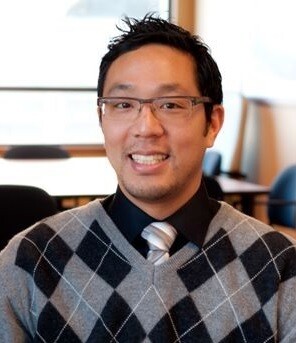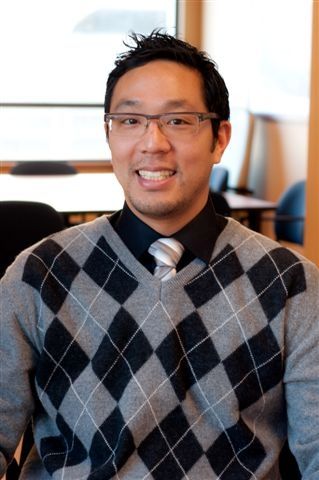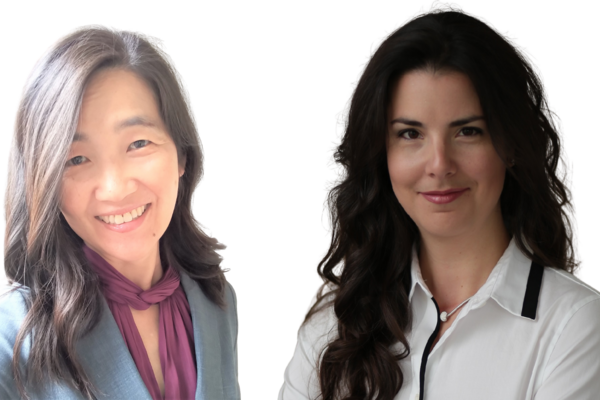Mobile Menu
- Education
- Research
-
Students
- High School Outreach
- Undergraduate & Beyond: Community of Support
- Current Students
- Faculty & Staff
- Alumni
- News & Events
- Giving
- About

Suniya Kukaswadia
 You have cancer. Those three words can turn a patient’s life upside down, but they helped Eugene Chang become Canada’s first trained cancer physiatrist. Chang is a lecturer in the Department of Medicine and a physiatrist at Toronto Rehabilitation Institute. He spoke to us about the little-known field of cancer physiatry.
You have cancer. Those three words can turn a patient’s life upside down, but they helped Eugene Chang become Canada’s first trained cancer physiatrist. Chang is a lecturer in the Department of Medicine and a physiatrist at Toronto Rehabilitation Institute. He spoke to us about the little-known field of cancer physiatry.
What inspired you to become a cancer physiatrist?
It had to do with my personal experiences with cancer. I was diagnosed with myelodysplastic syndrome with secondary AML, which is bone marrow failure with immature blood cells entering the blood stream, during residency. My mother-in-law unfortunately passed away from cancer, and my aunt has colon cancer. It’s always been around me. My battle was the tipping point that made me realize I wanted to help cancer patients.
What is physiatry?
This is a common question. Physiatry is the medical management of physical and cognitive impairments. We help improve a person’s function, which may be impacted by stroke, amputation, back pain, an ankle injury, etc. During training we get exposure to a full scope of neurological, musculoskeletal and neuromuscular impairments. Physiatrists work in interdisciplinary teams so we can provide the most comprehensive care possible.
How does physiatry differ from other allied health professions such as physical therapy?
Although physiatrists are trained differently than physical therapists and other allied health professionals, we are very similar from the patient perspective. Physical and occupational therapists look at practical things such as how to help a patient eat, get dressed, brush their teeth and improve mobility. They provide the hands-on care. I diagnose, prescribe medication, give interventions (eg. Injections), counsel, and make rehab referrals with individualized recommendations for therapy.
What kinds of patients do you see?
I typically see patients who aren’t responding to the usual treatments. For example, a patient diagnosed with a rotator cuff problem isn’t getting better with the prescribed physical therapy. The family doctor would refer the patient to me to see if there is a neuromuscular or neurological problem. Sometimes the diagnosis is correct, but the prescribed treatment may need revisiting. I take a closer look at the issues.
What unique challenges do cancer patients face?
Broadly speaking, cancer-related impairment includes fatigue due to chemo or radiation, decreased strength due to lack of activity and nerve damage in the hands and feet. Other –more cancer-specific — examples include lymphedema or cording in breast cancer patients or swallowing and speech issues for head and neck cancer patients.
Favourite thing about work you do?
I really enjoy looking at the whole person. There’s a term in cancer care called survivorship, which is all about living your life despite your cancer. Rehab science has a similar philosophy. A scary diagnosis is a sentinel moment in your life—how you deal with it sets the course of your life. I see patients who are devastated by horrific traumas. But eventually they overcome that and move on in a way that is so inspiring. I get to help people through that.
Is there an example of a patient that you found really inspiring?
The person I can think of wasn’t a patient, but a resident colleague from UBC. He was a neurology resident who was diagnosed with lymphoma around the same time I was diagnosed with myelodysplastic syndrome. We went through cancer treatment together. We also returned to residency at the same time.
He was so eager and passionate about what he did, and even something as awful as cancer didn’t deter him. He kept moving and working—he tried his best to get better so he could go back to his training. Unfortunately he passed away when the cancer came back. He was a good friend. I still think about him.

